Challenges Faced by Deaf Mental Health Providers: Barriers to Licensure
SHARE
Navigating Barriers to Licensure and Access to Care
The Struggles of Deaf Mental Health Providers
Deaf* mental health providers are essential for offering culturally competent, linguistically accessible care to the Deaf community. Yet, despite the growing demand for such services, Deaf therapists face unique challenges in their journey to becoming licensed professionals. These challenges stem from systemic barriers, lack of mentorship, and the isolation often experienced in hearing-dominated work environments.
In this post, we’ll explore the difficulties faced by Deaf mental health providers, including obstacles to licensure, test bias, the dearth of culturally competent supervision, and the impact of career-related isolation on their mental health. Understanding these challenges is key to creating a more supportive path to licensure and a healthier work environment for Deaf clinicians.
Barriers to Licensure: An Uphill Battle
Becoming a licensed mental health professional in the United States is a rigorous journey for anyone. However, for Deaf individuals, the process is often fraught with additional hurdles. Aspiring Deaf therapists face significant challenges in obtaining the necessary clinical supervision and experience required to meet licensure standards.
One of the main obstacles Deaf individuals face in pursuing licensure is test bias. Standardized exams for licensure, like the National Clinical Mental Health Counselor Examination (NCMHCE), are typically written in English—the standard version used in the U.S. For Deaf individuals who primarily communicate in American Sign Language (ASL), this means they are essentially taking the exam in their second language. This puts them at an immediate disadvantage when compared to hearing counterparts who speak English as their native language, and for whom the test is designed and normed.
When a test is normed, it’s similar to how a grading curve works, but on a much larger scale. For licensing exams, test creators typically look at how a group of hearing, privileged, English-speaking individuals performs on the exam. They then set the required passing score based on that group's performance. In other words, the test is designed around the performance of hearing, privileged individuals, who set the benchmark for everyone else—even though they do not represent the experiences, culture, or language of other groups, particularly Deaf individuals. This creates an unfair benchmark for those from marginalized groups.
So, as you can see, even if a Deaf person has mastered fluency in English, the challenge goes beyond simple translation. Many exams contain metaphors, idioms, and hearing-based references that require background knowledge in the hearing world to fully understand. For instance, a question that uses auditory cues or hearing-based experiences to infer meaning might lead a Deaf person to miss the correct answer, even though they know the content of the question. Bias in questions prevents Deaf test-takers from fully demonstrating their knowledge of the content. This calls into question the validity of these tests for Deaf people. That is, the test may accurately measure knowledge for hearing test-takers, but it doesn’t necessarily do so for marginalized groups like Deaf individuals.
To give you an example, imagine you’re a Deaf person encountering a question like this: "The client complained that 'the babbling brook by his house keeps him up at night.' What symptoms might you consider? A) Insomnia or B) Delusion." A "babbling brook" refers to the calming sound of water moving over rocks. Can you see how a Deaf person, unfamiliar with this phrase, might take it literally? They could think the client believes the stream itself is babbling, leading them to choose an answer related to delusions instead of the correct answer, insomnia.
Now, if the question were rephrased to: "The client complained that the gentle sounds of a stream outdoors keep him up at night," the test would be assessing whether the Deaf person understands clinical symptoms, rather than confusing them with an unnecessary, biased metaphor.
A Deaf person, who may never have heard the expression "babbling brook," could be confused by this question because it assumes familiarity with a sound they’ve never experienced. This hearing-based imagery not only confuses the Deaf individual but also unfairly influences their ability to answer correctly. Similarly, exam questions that assume a person is immersed in the hearing world—such as those based on auditory experiences—can put Deaf test-takers at a disadvantage, even if they are knowledgeable about the content being tested.
Studies have shown that individuals who are not native English speakers tend to have higher failure rates on standardized exams (Association of Social Work Boards, 2022). It’s reasonable to assume that those who rely on ASL as their primary language will face similar challenges and higher failure rates. In short, Deaf test-takers are being asked to perform under conditions that are not truly reflective of their knowledge or ability as mental health professionals.
Moreover, the lack of culturally competent supervision is another significant barrier. Deaf aspiring therapists often struggle to find supervisors who understand the Deaf culture and language needs. Many hearing-based employers and supervisors are ill-equipped to provide the kind of mentorship and guidance that Deaf clinicians need to successfully navigate the licensure process.
A lack of clinical supervision also affects aspiring therapists who end up working in environments where a license is not required, such as educational institutions or community programs. While these jobs may provide employment, they don’t always align with the clinical experience necessary to obtain licensure. This “catch-22” leaves many Deaf therapists feeling stuck and unsupported.
Isolation in Hearing-Dominated Workplaces
Deaf therapists, especially those working in predominantly hearing environments, often experience significant isolation. In many cases, they are the only Deaf professional in their workplace. This isolation is exacerbated by the lack of cultural understanding from hearing colleagues and supervisors who may not be well-versed in Deaf culture or may not offer adequate support in navigating communication and professional expectations.
Working in these environments can be emotionally and mentally taxing. Deaf therapists often find themselves in the role of cultural mediator, constantly explaining Deaf culture and their communication needs to hearing colleagues. This additional labor can lead to burnout, as therapists are expected to fulfill multiple roles while also managing their clinical responsibilities. Moreover, the lack of a shared language or cultural understanding with colleagues can lead to feelings of exclusion and frustration. For many Deaf therapists, working in a hearing-dominated workplace can feel like an ongoing struggle to be understood and respected as professionals.
Limited Access to Mental Health Support for Deaf Providers
An often overlooked aspect of Deaf mental health is the lack of accessible therapy for Deaf clinicians themselves. As mental health professionals, Deaf therapists are not exempt from experiencing stress, burnout, or trauma. Yet, finding a provider who understands the unique challenges of being a Deaf clinician, and who is capable of offering services in a linguistically accessible manner, can be a near-impossible task.
The reality is that many Deaf therapists cannot easily access therapy services that are both culturally competent and linguistically appropriate. The pool of therapists who are fluent in ASL and who understand the intricacies of the Deaf community is limited. This shortage creates a situation where Deaf therapists may struggle to find the support they need for their own mental well-being, contributing to their risk for compassion fatigue and burnout.
Building a Supportive Environment for Deaf Therapists
To address these challenges, it’s crucial to create more opportunities for mentorship, supervision, and support tailored specifically for Deaf therapists. At My Deaf Therapy™, we aim to provide a solution by offering culturally competent supervision and support to Deaf clinicians, especially those in the early stages of their careers. By offering complimentary clinical supervision, we not only help Deaf therapists meet licensure requirements but also provide a supportive environment where they can grow and thrive as professionals.
We believe that creating a space where Deaf therapists can receive the mentorship and support they need—while also practicing in a linguistically accessible, culturally competent environment—is essential for reducing isolation and promoting professional growth.
Conclusion
The path to becoming a licensed mental health professional is challenging for many, but Deaf therapists face an especially uphill battle due to systemic barriers, test biases, and the isolation of working in hearing-dominated environments. To build a more inclusive mental health field, we need to increase access to culturally competent supervision and create environments that support Deaf professionals. At My Deaf Therapy™, we are committed to providing that space—offering a lifeline for Deaf therapists and, in turn, better serving the Deaf community as a whole.
References:
- Association of Social Work Boards. (2022). Examination statistics and licensure requirements. Retrieved from www.aswb.org
- National Association of Social Workers. (2021). Culturally competent supervision: Challenges for Deaf therapists. Social Work Journal, 58(2), 205-215.
*Together We Are Stronger. Inclusive of All.
In this article, the term "Deaf" encompasses the community’s diverse identity spectrum, including but not limited to Deaf, Hard of Hearing, deaf, Deaf+, and DeafBlind.

